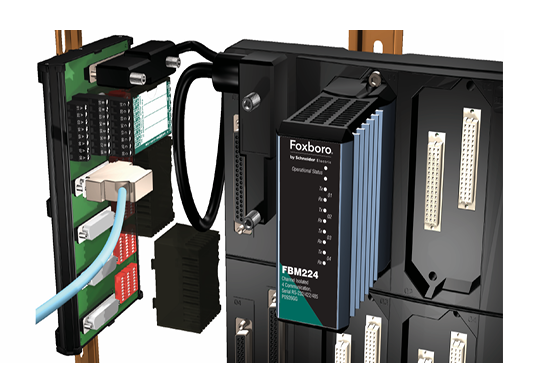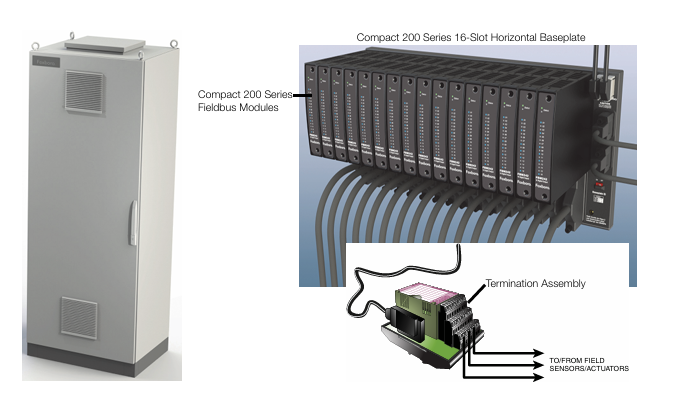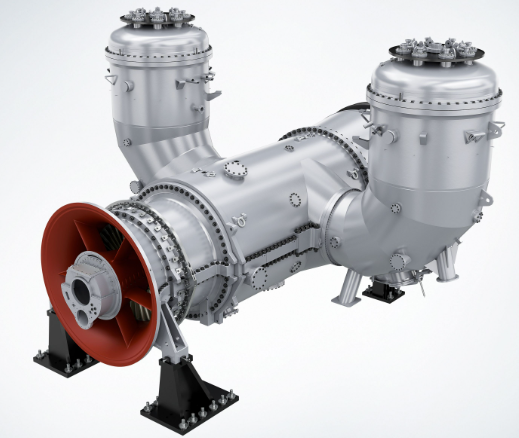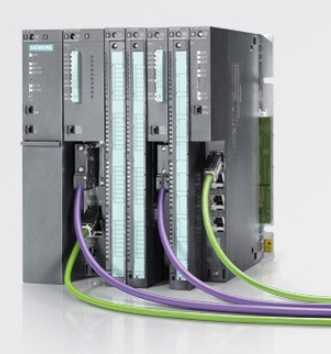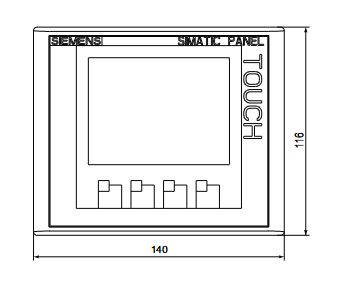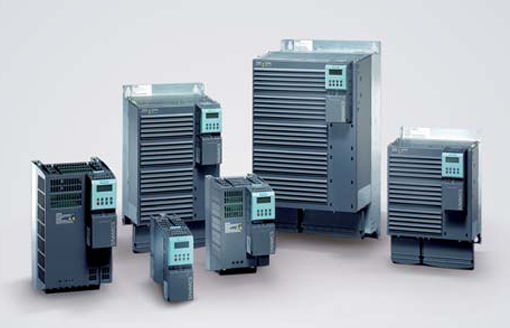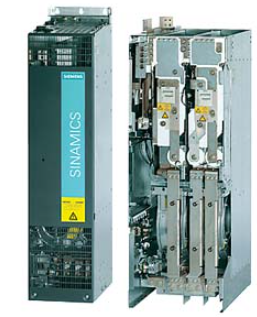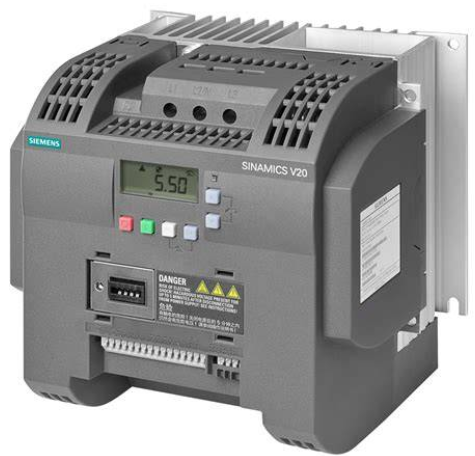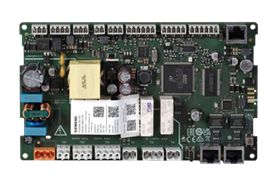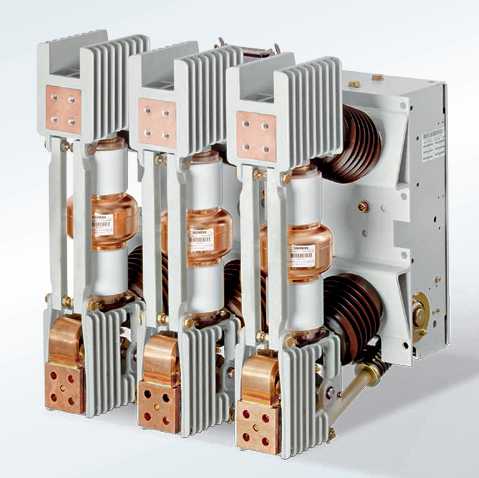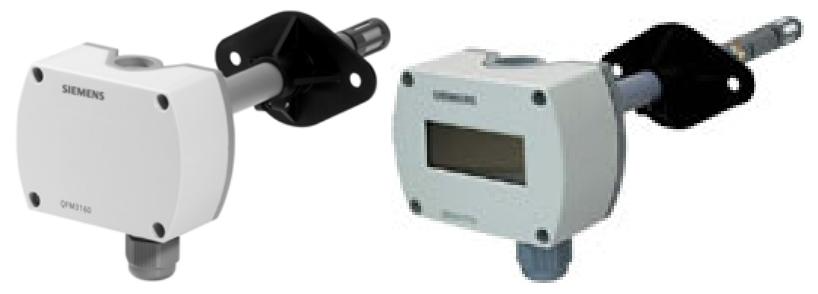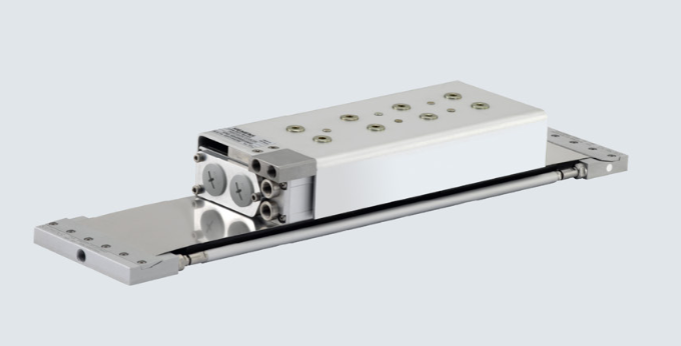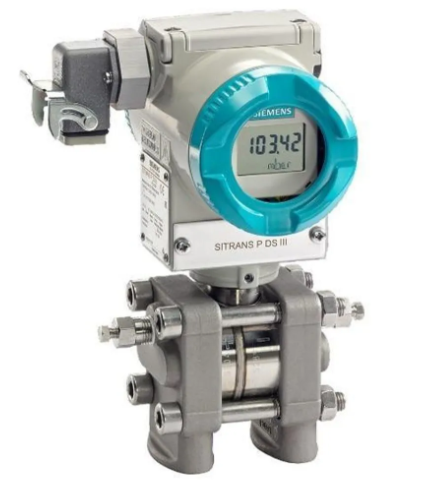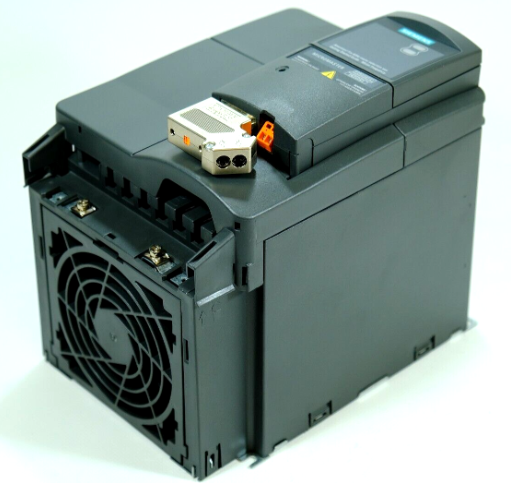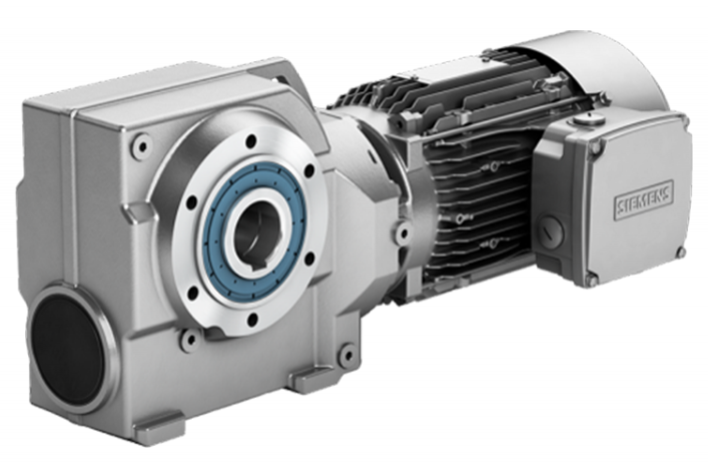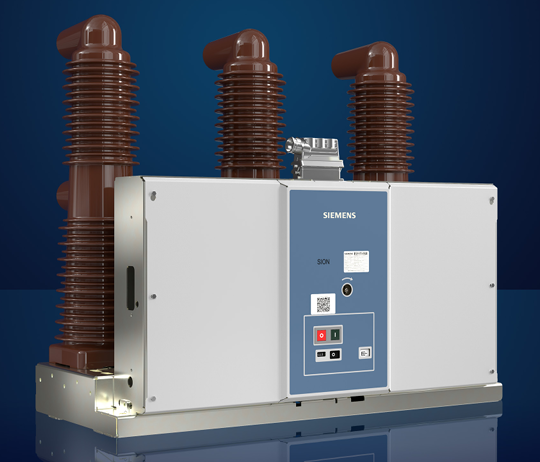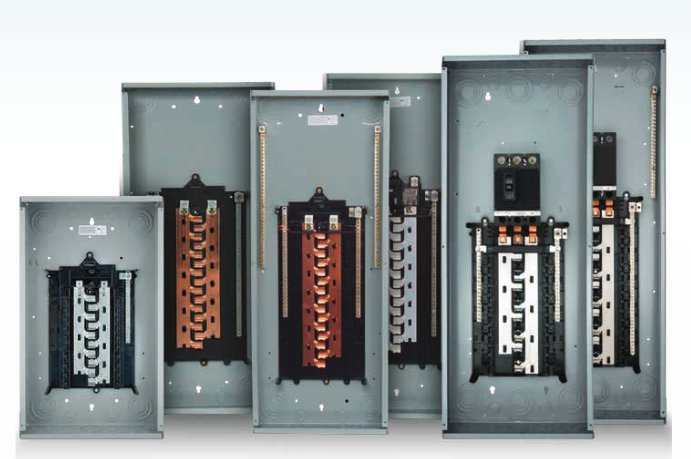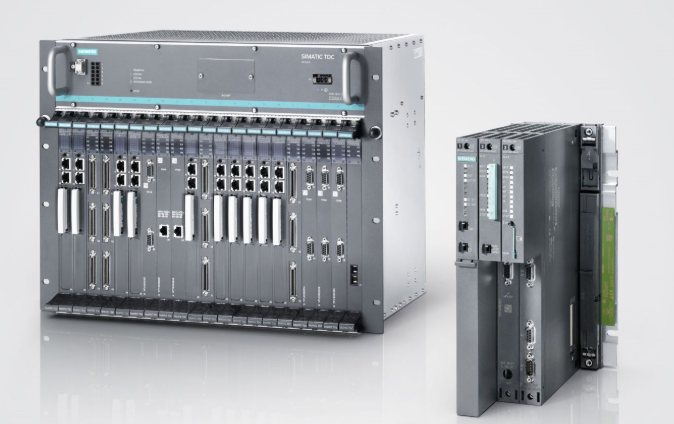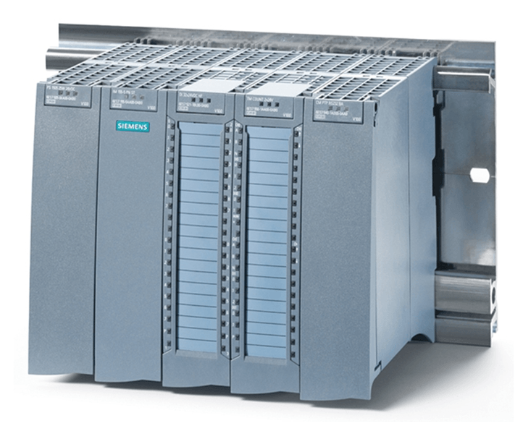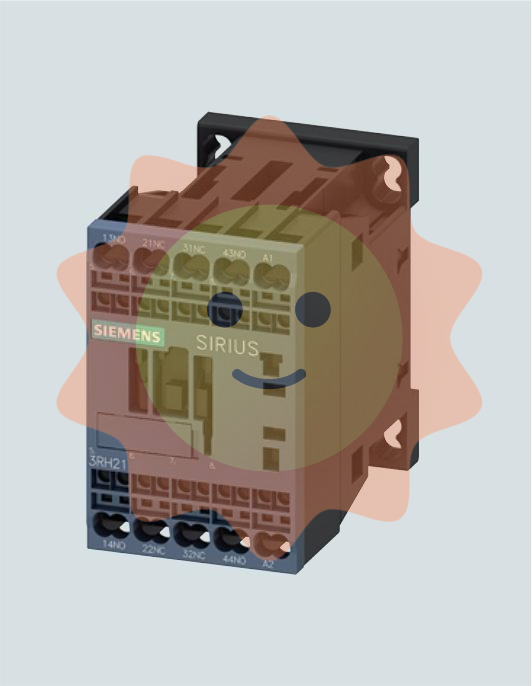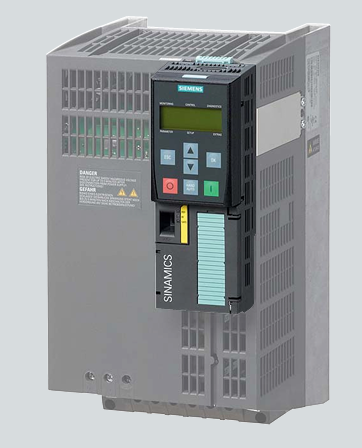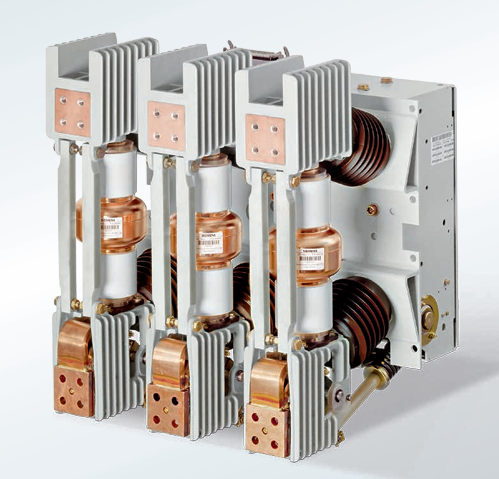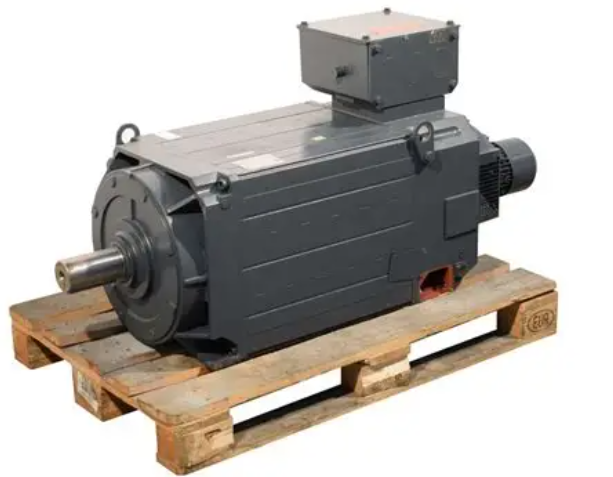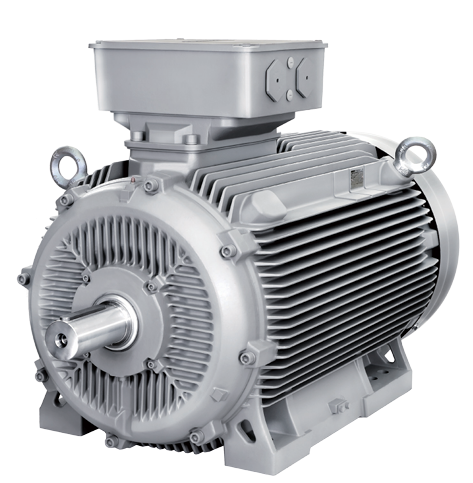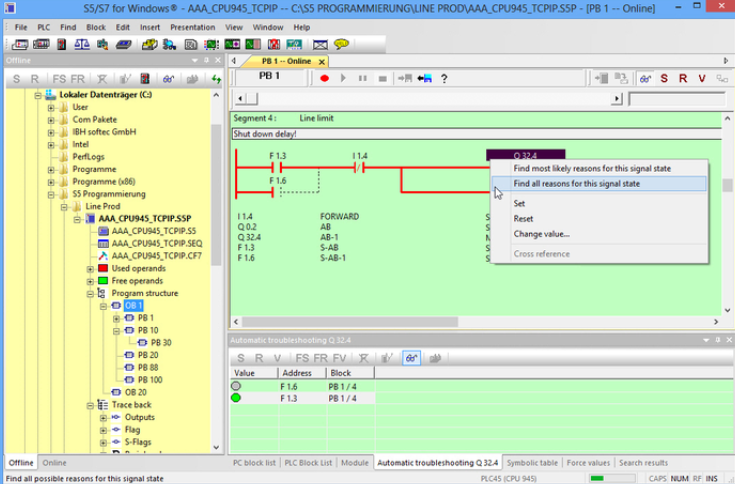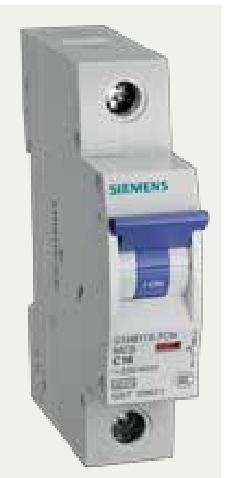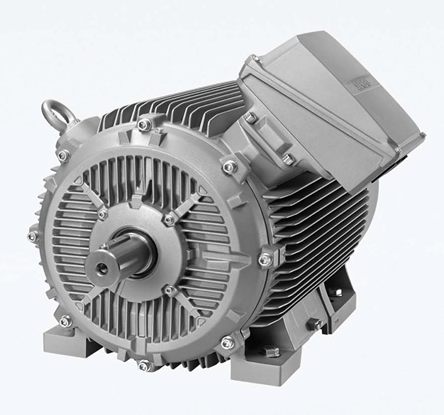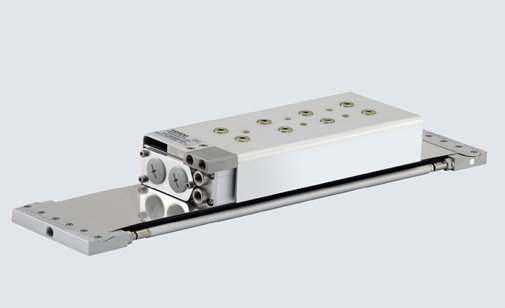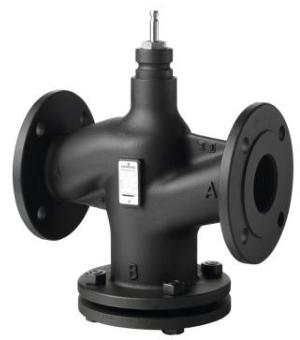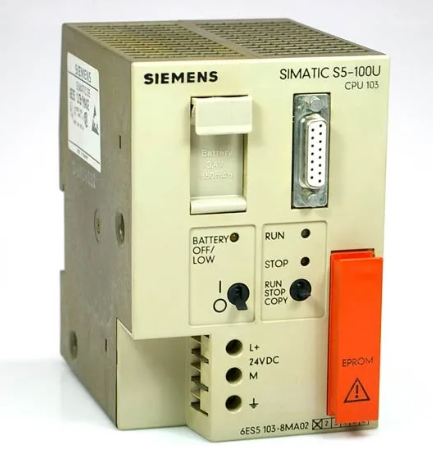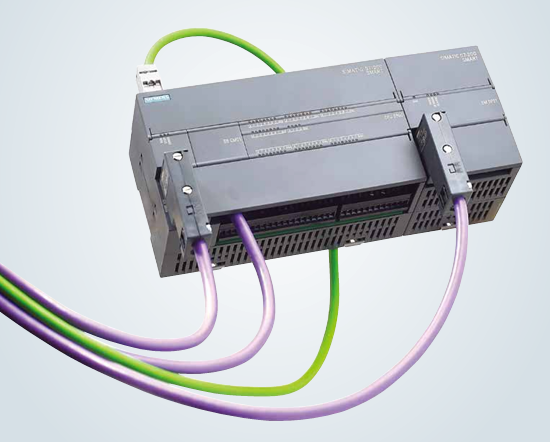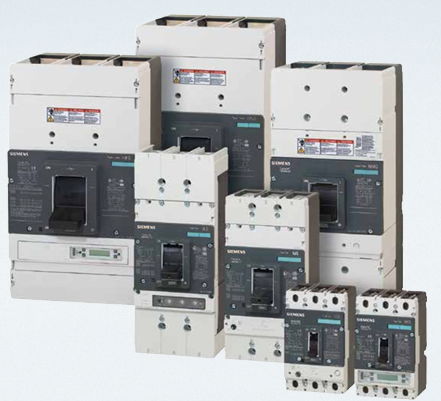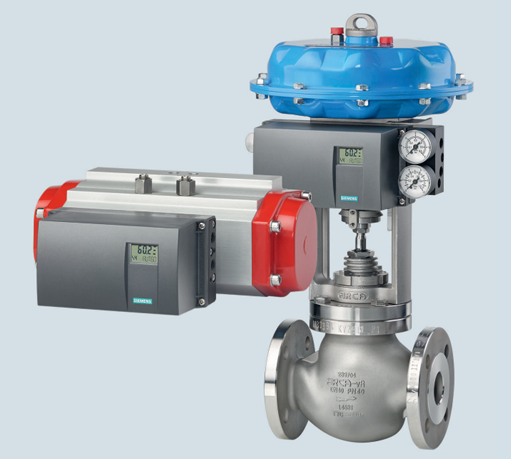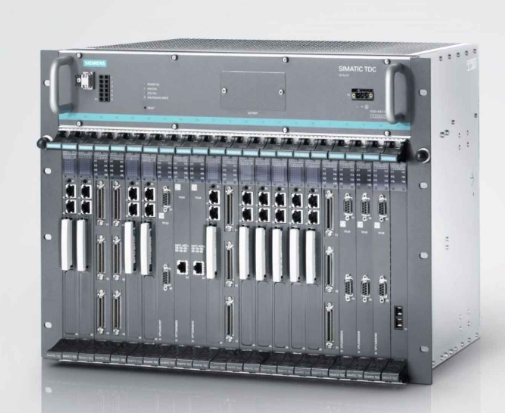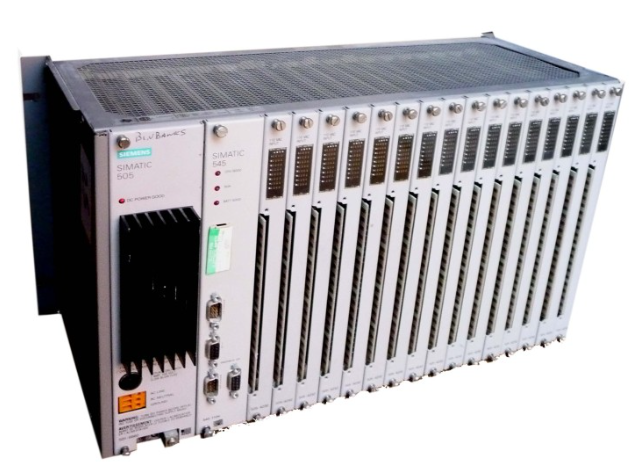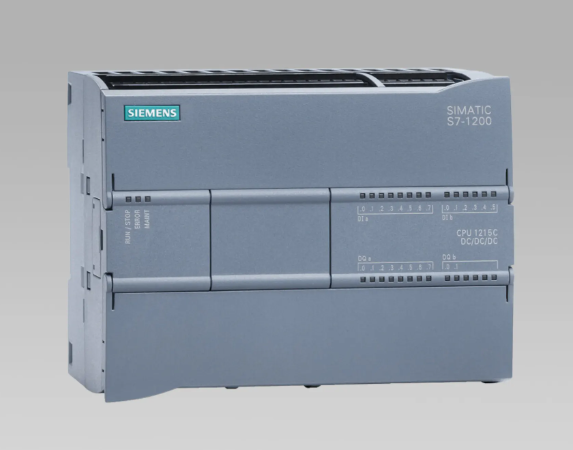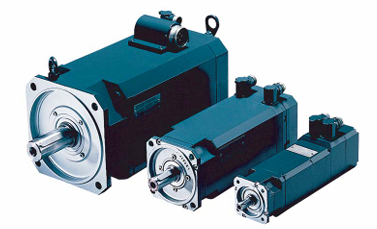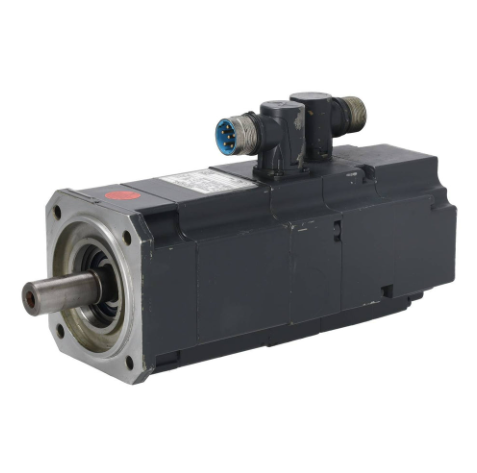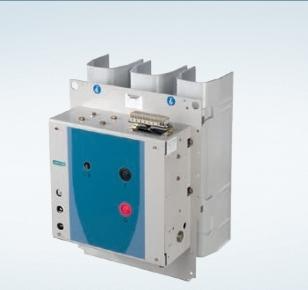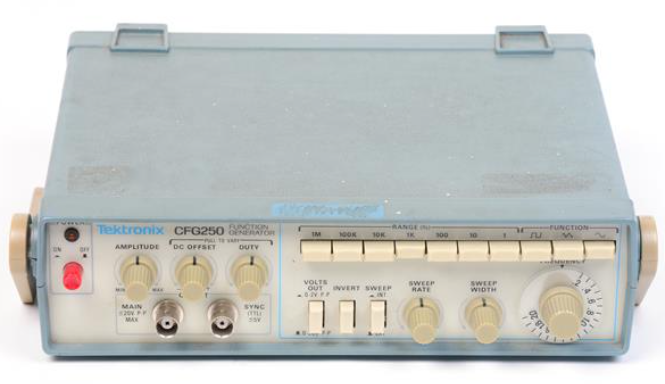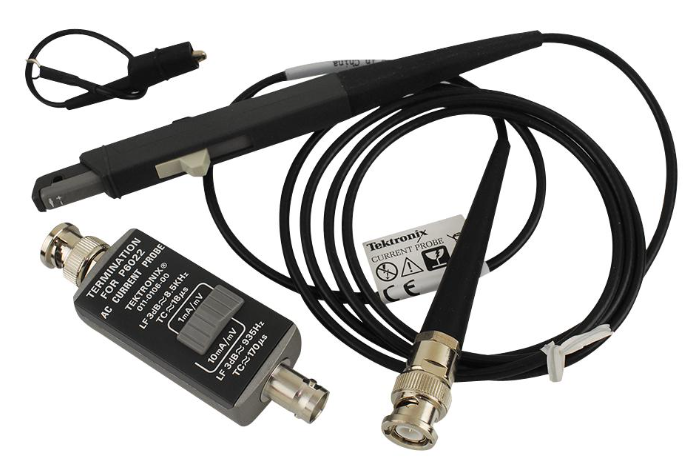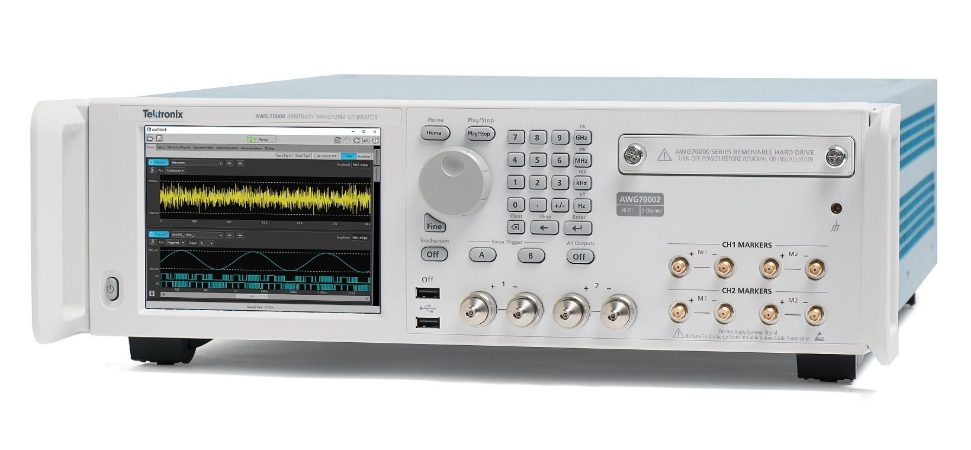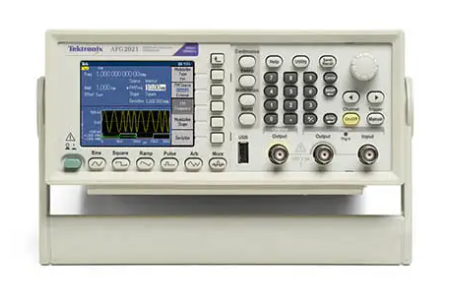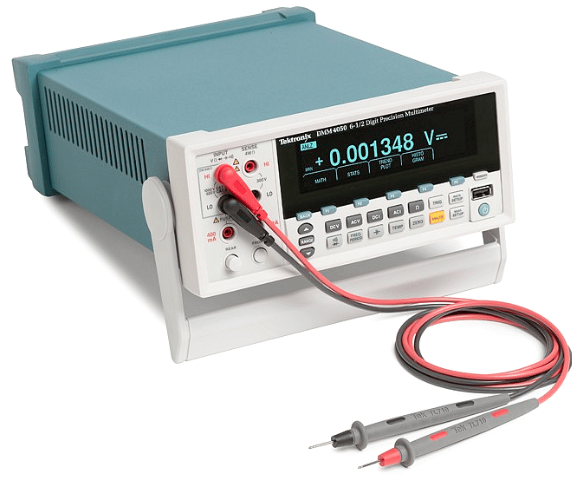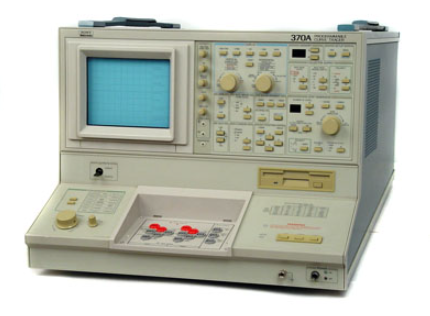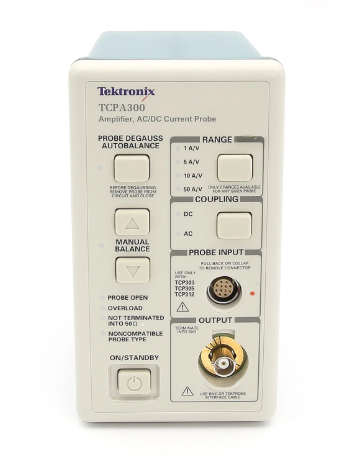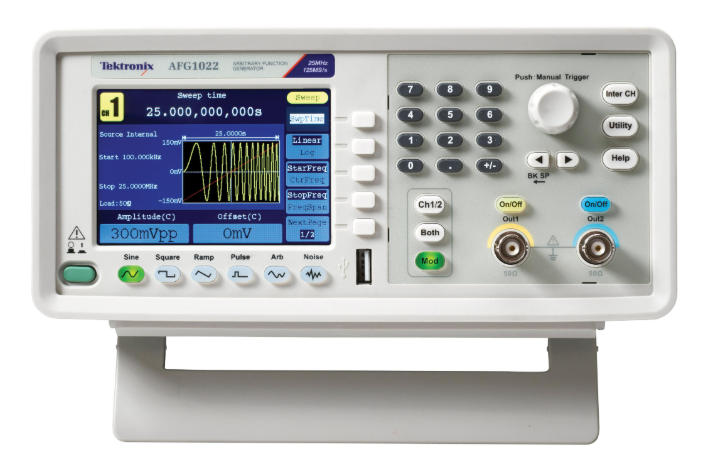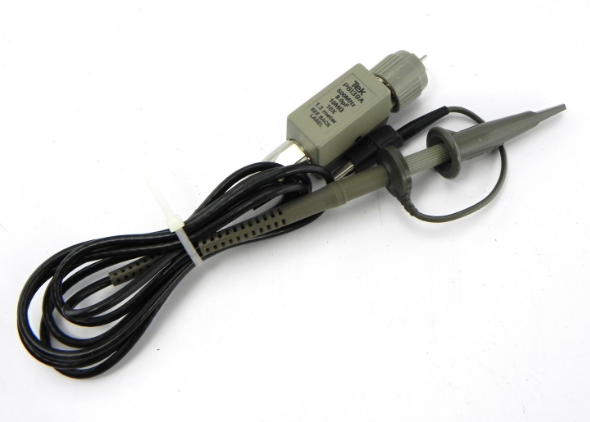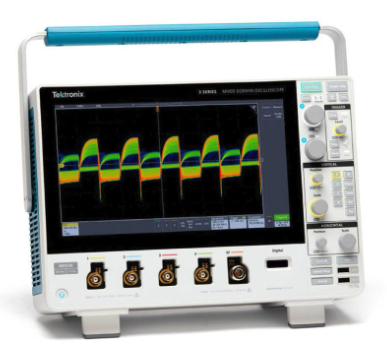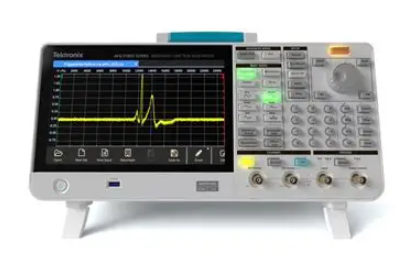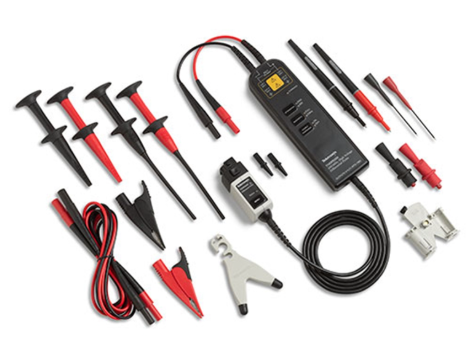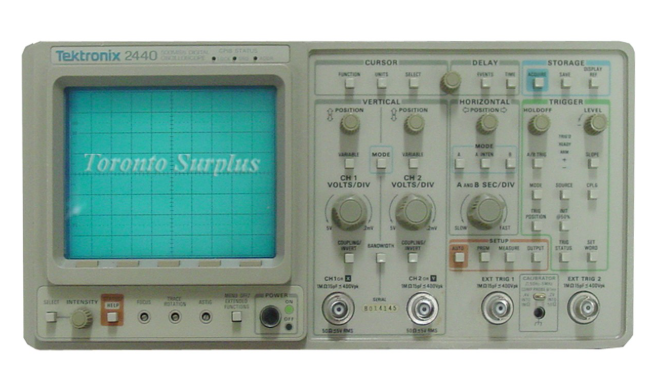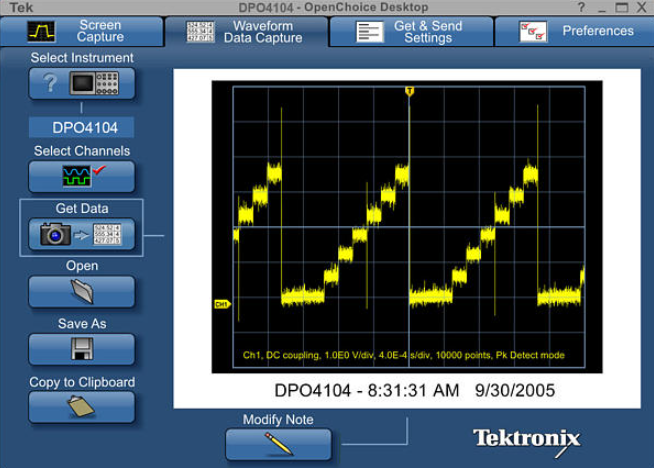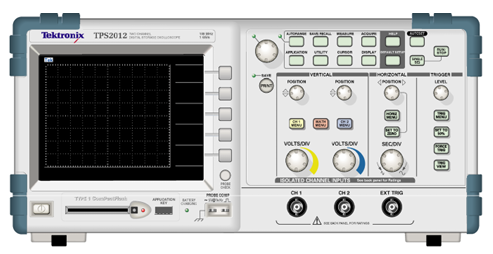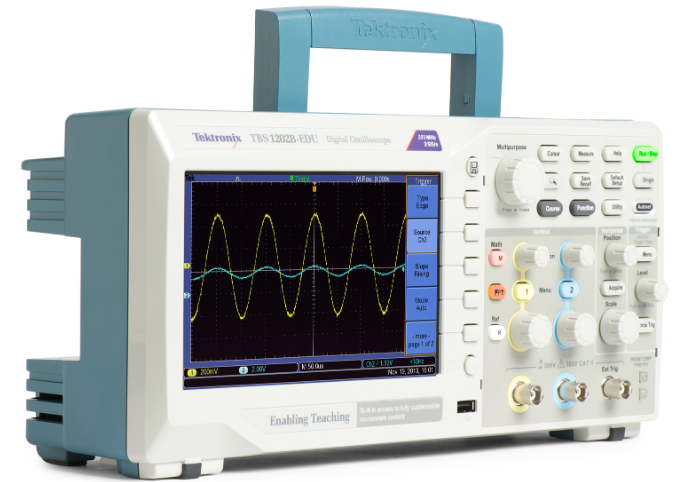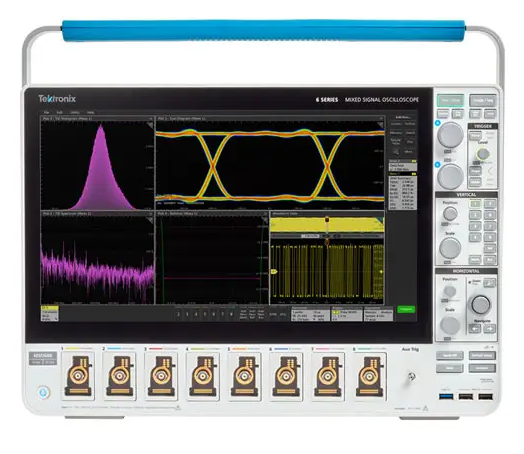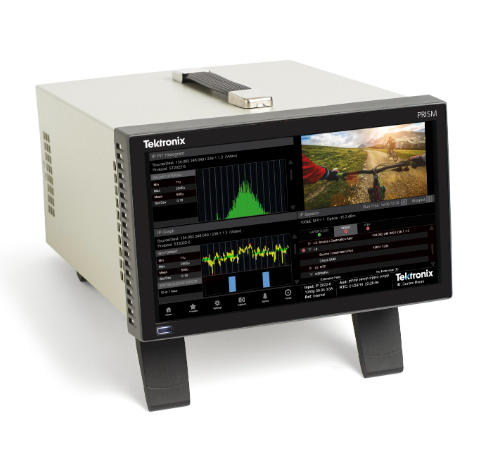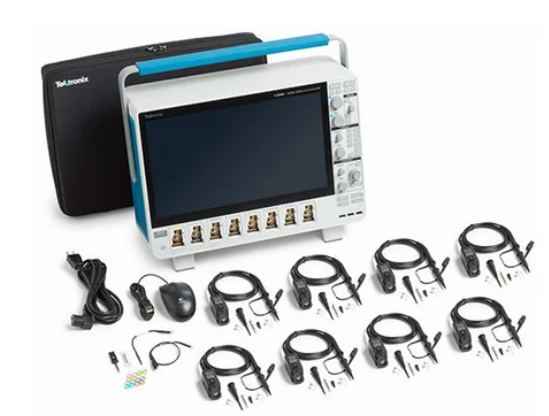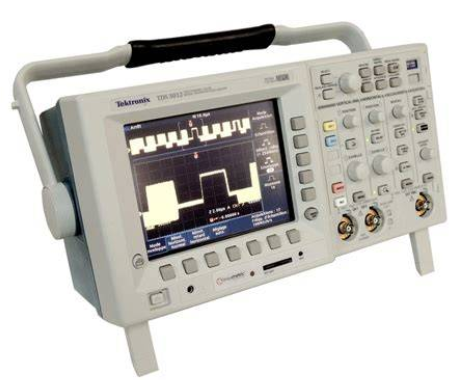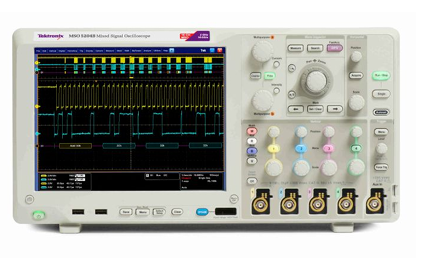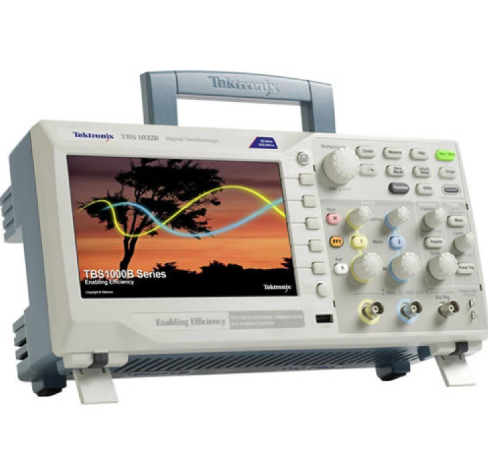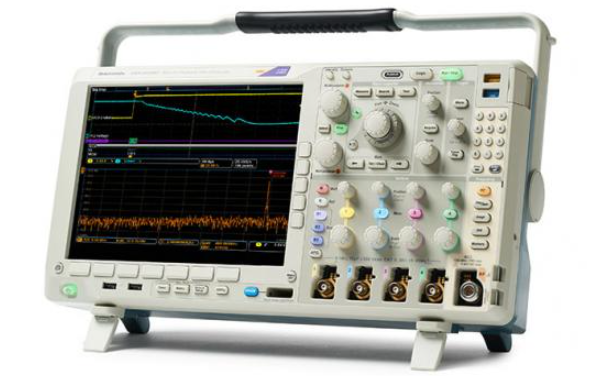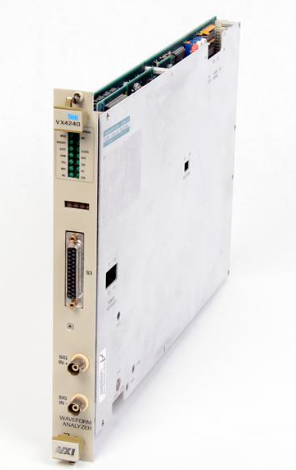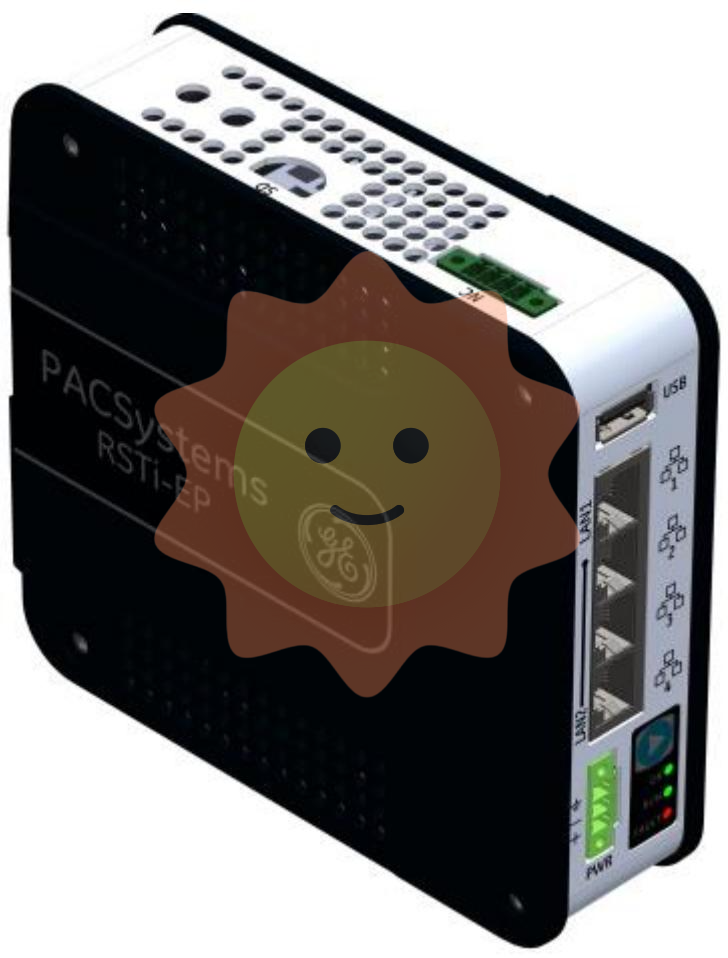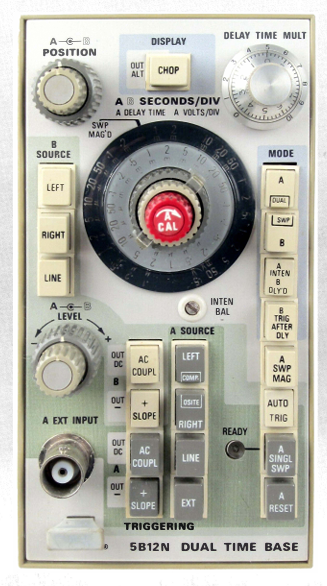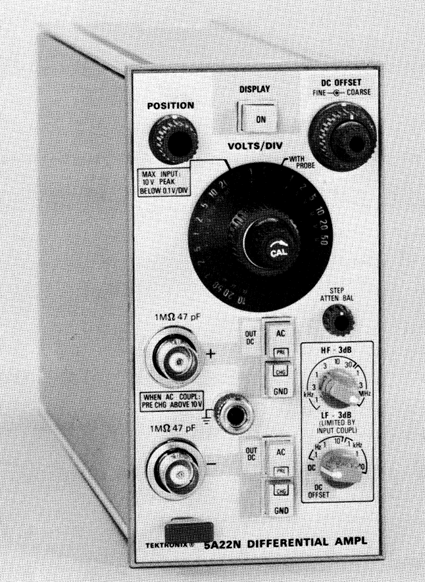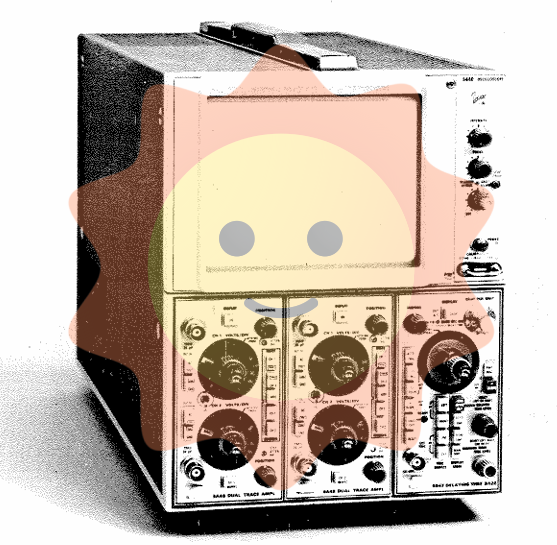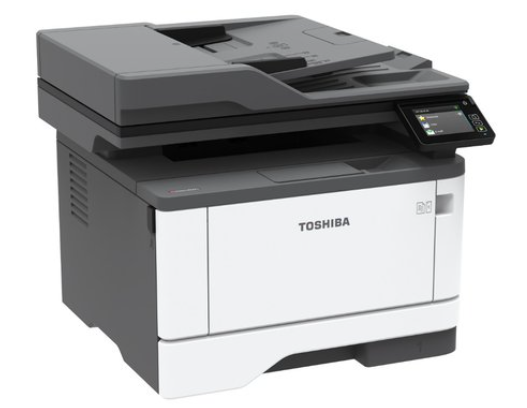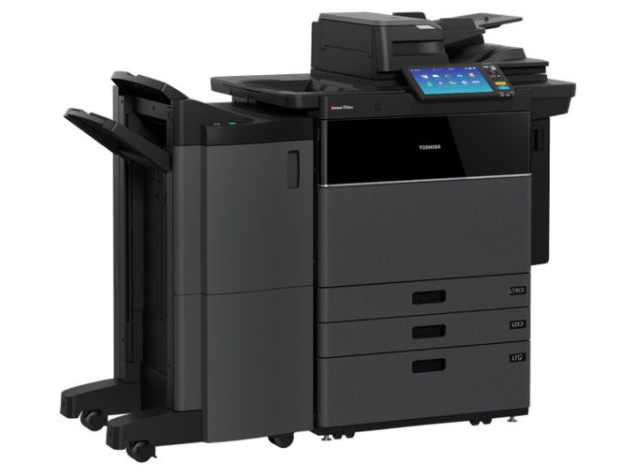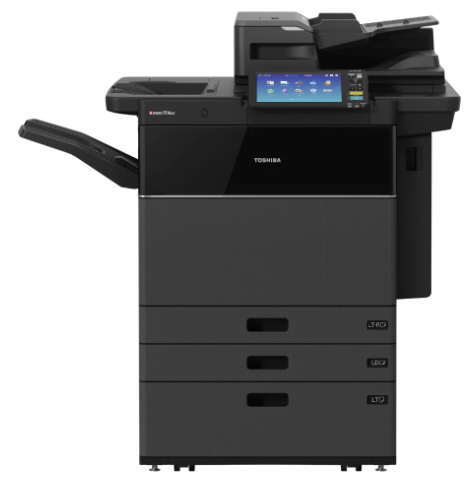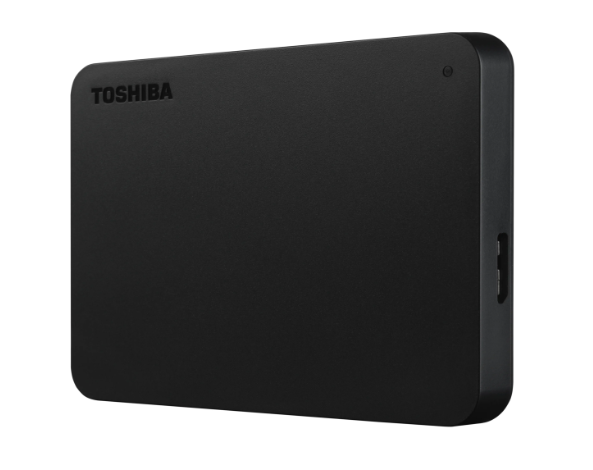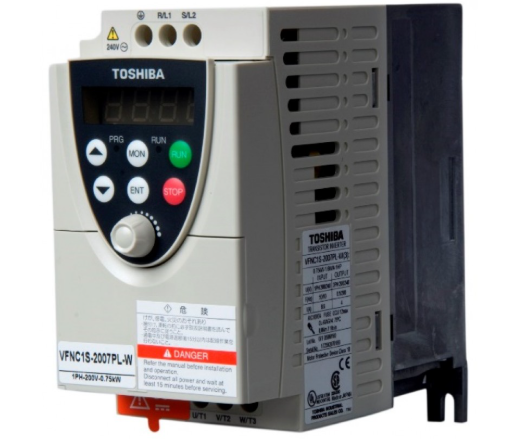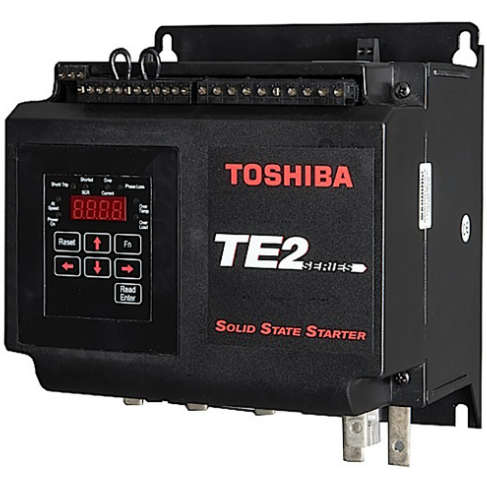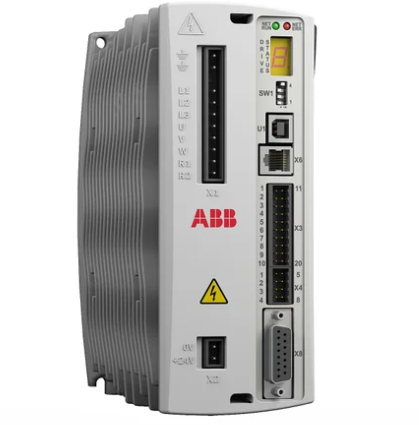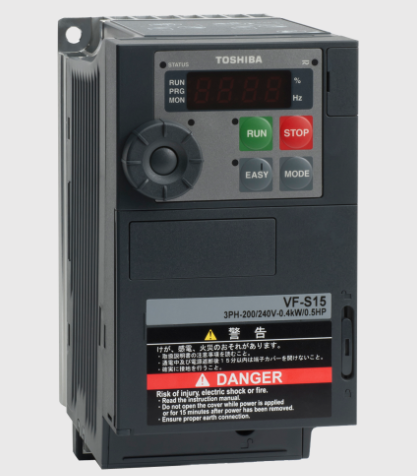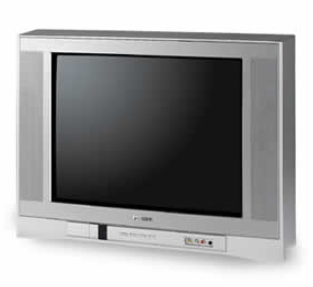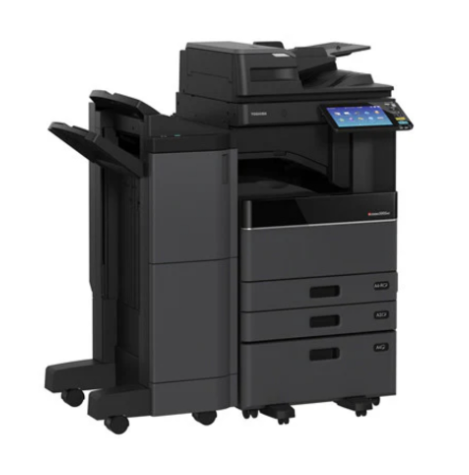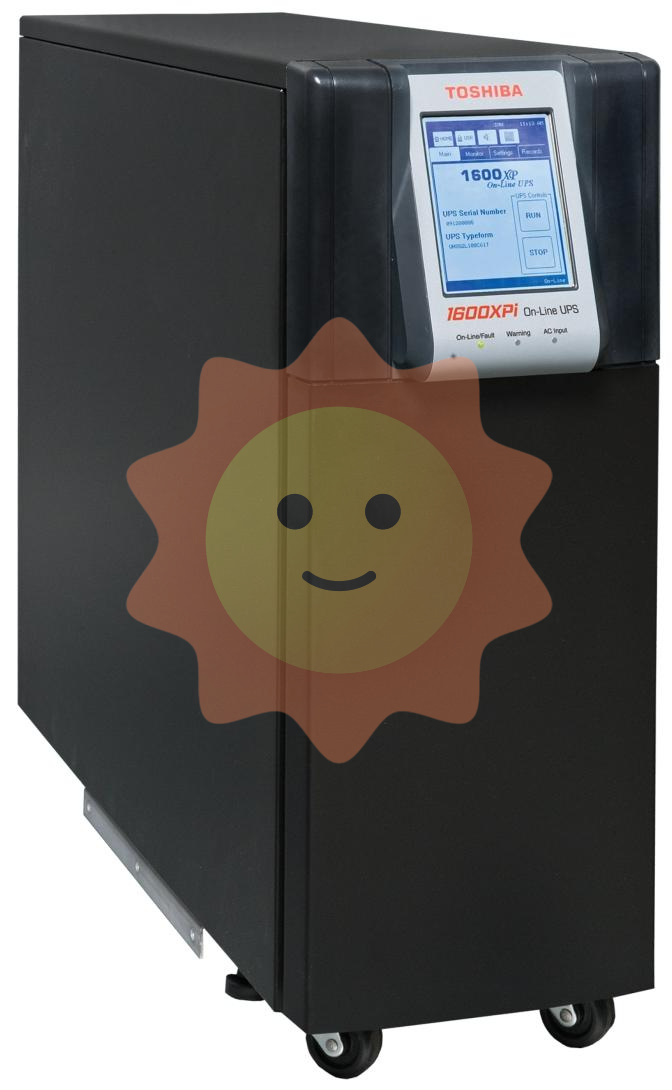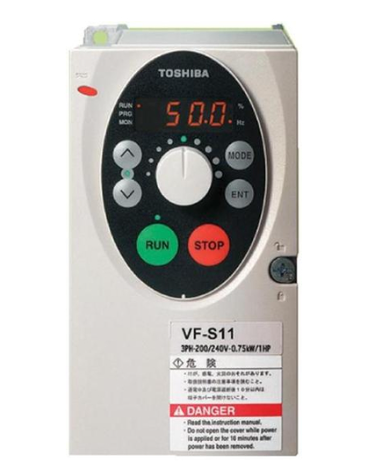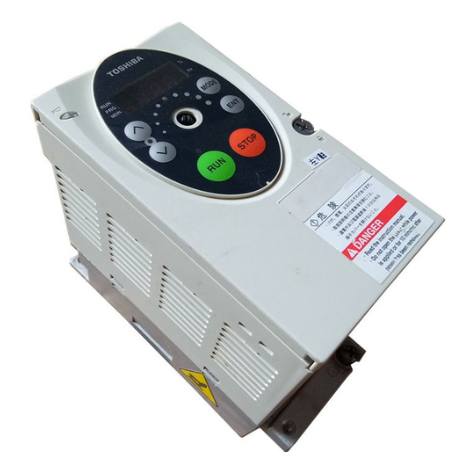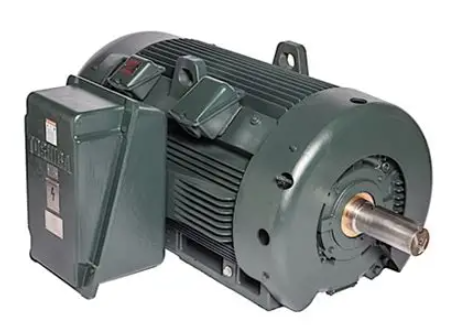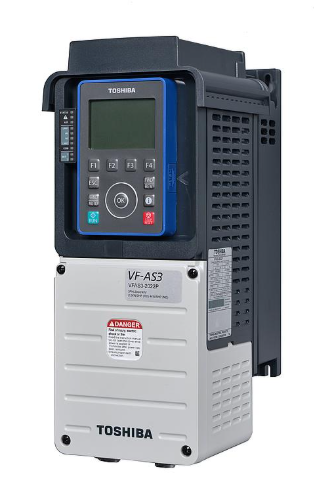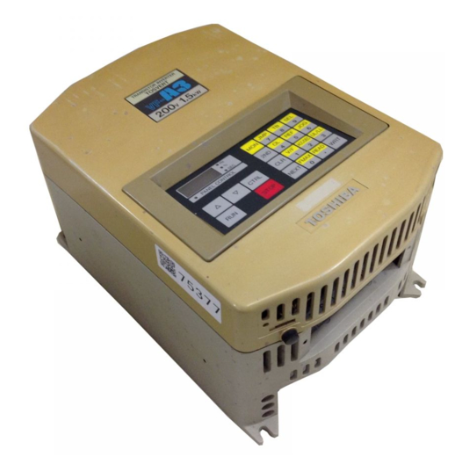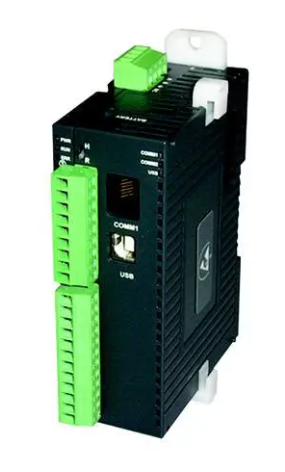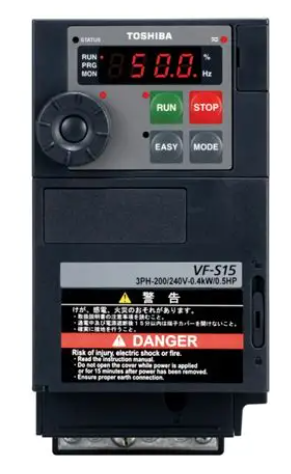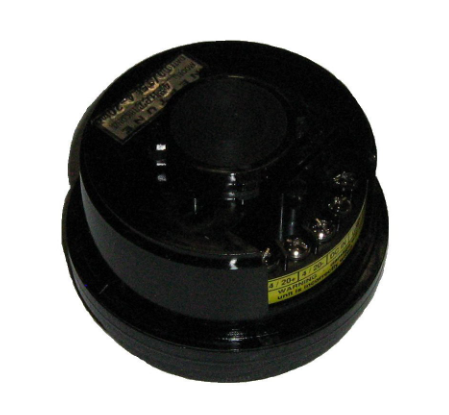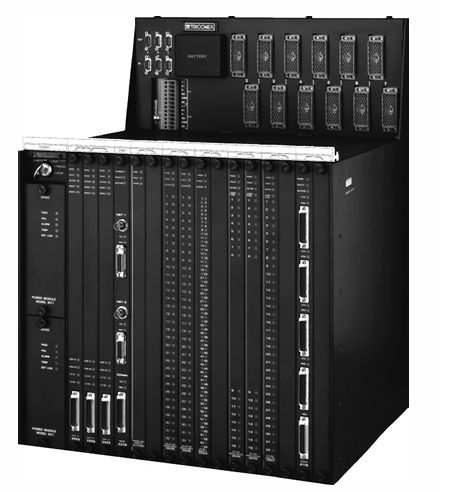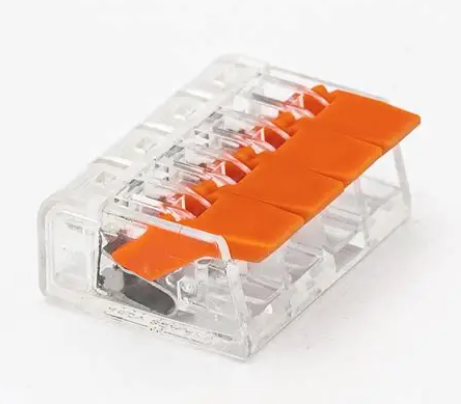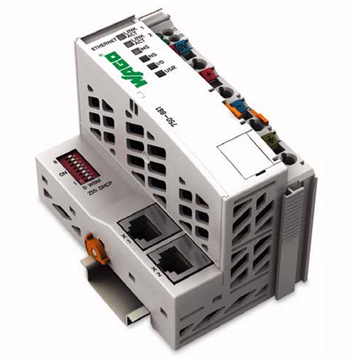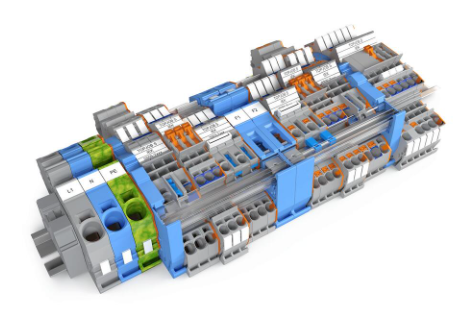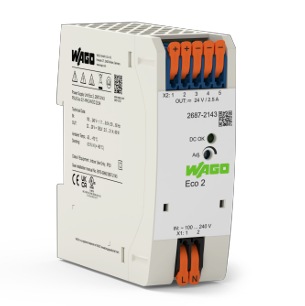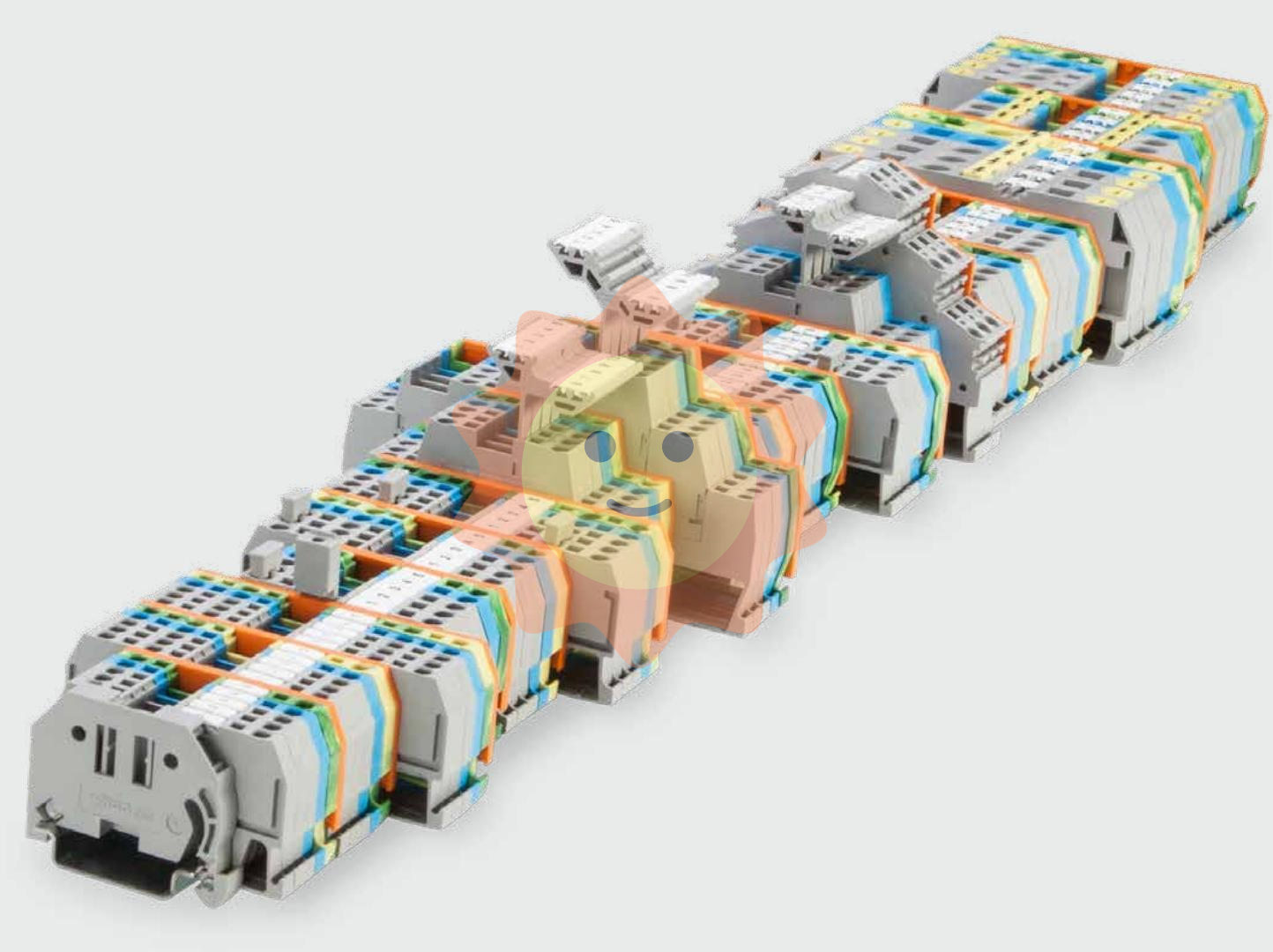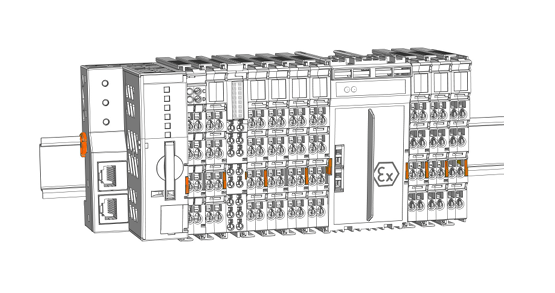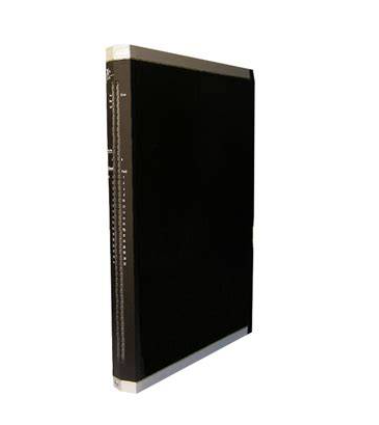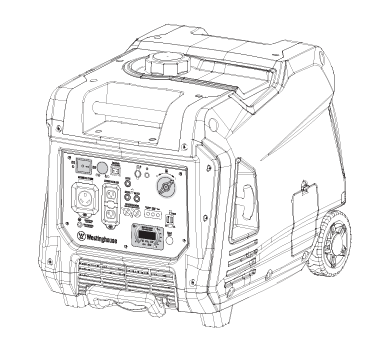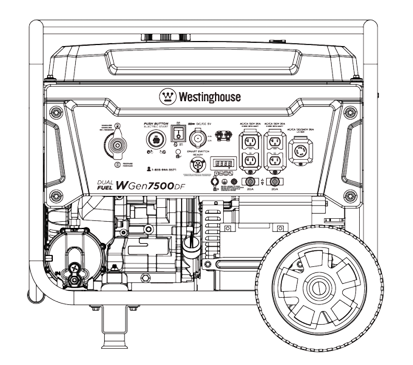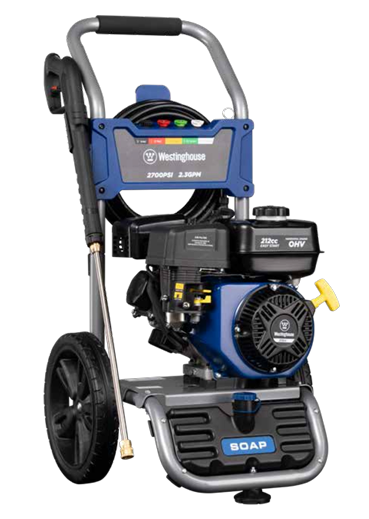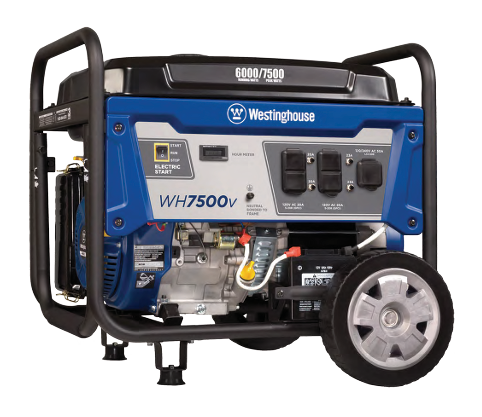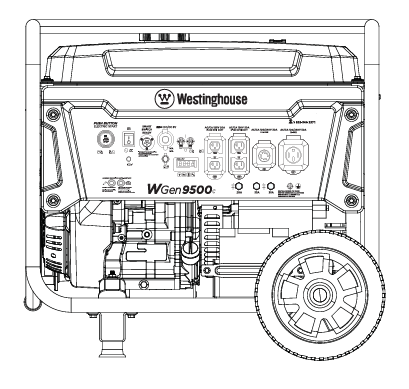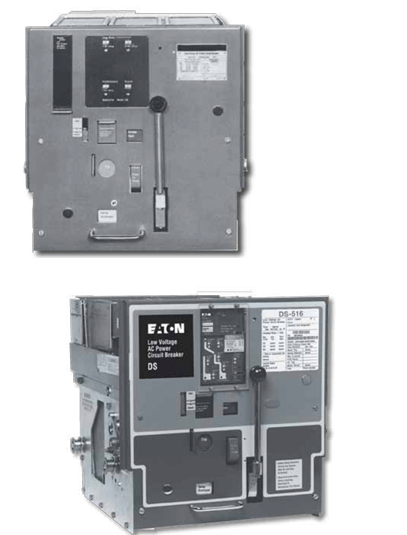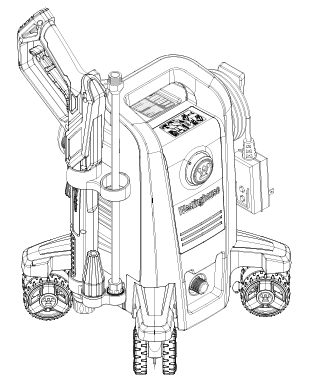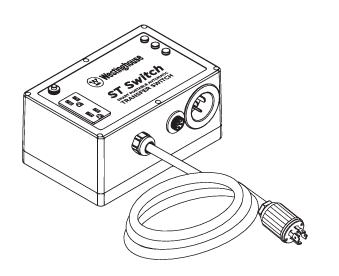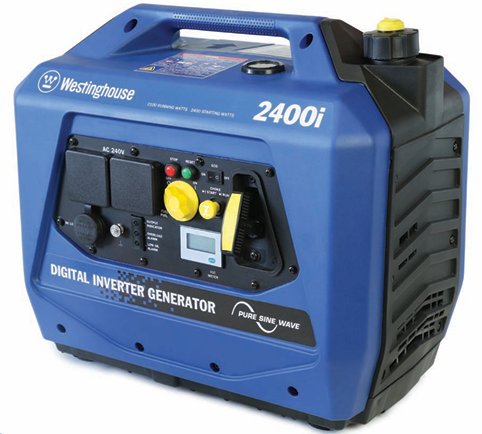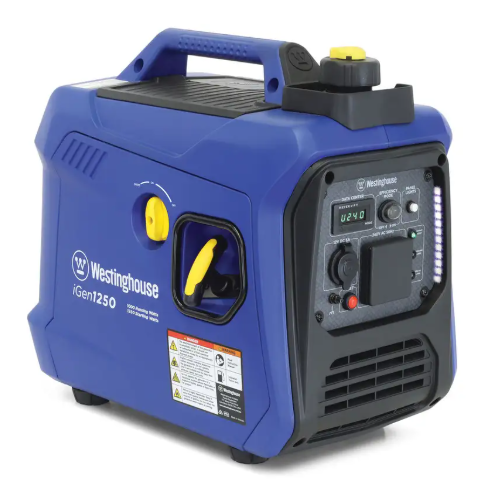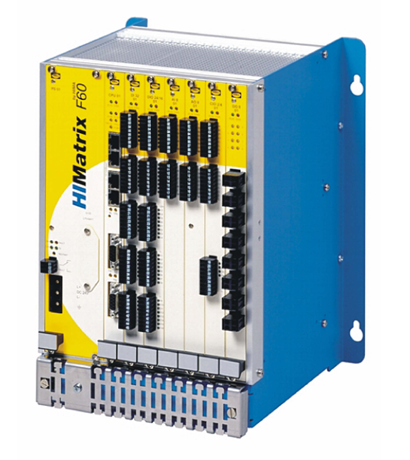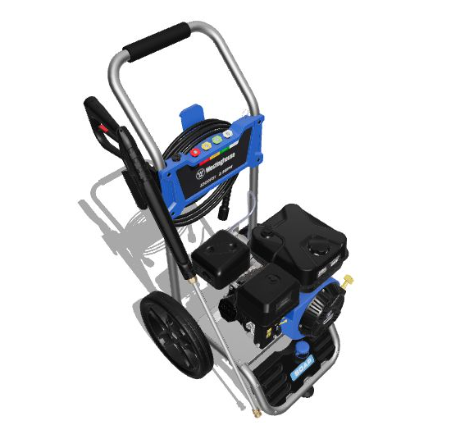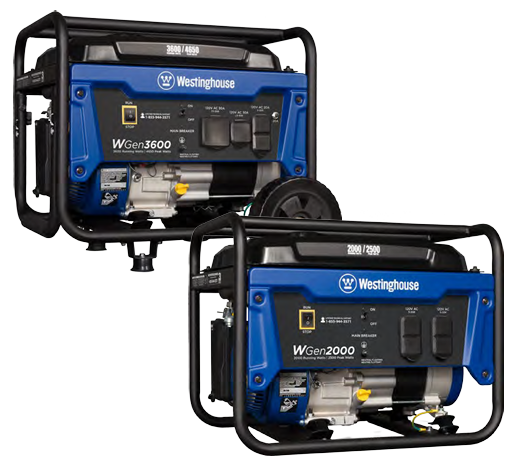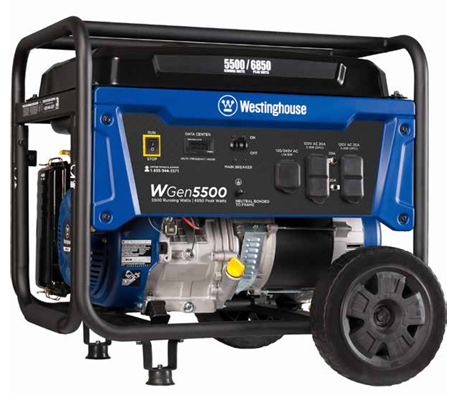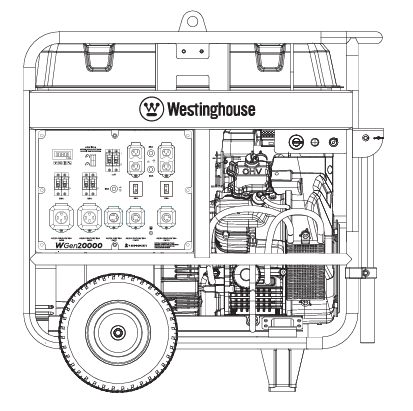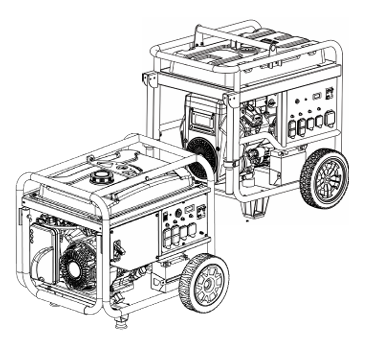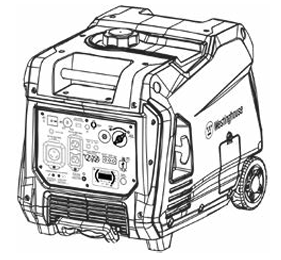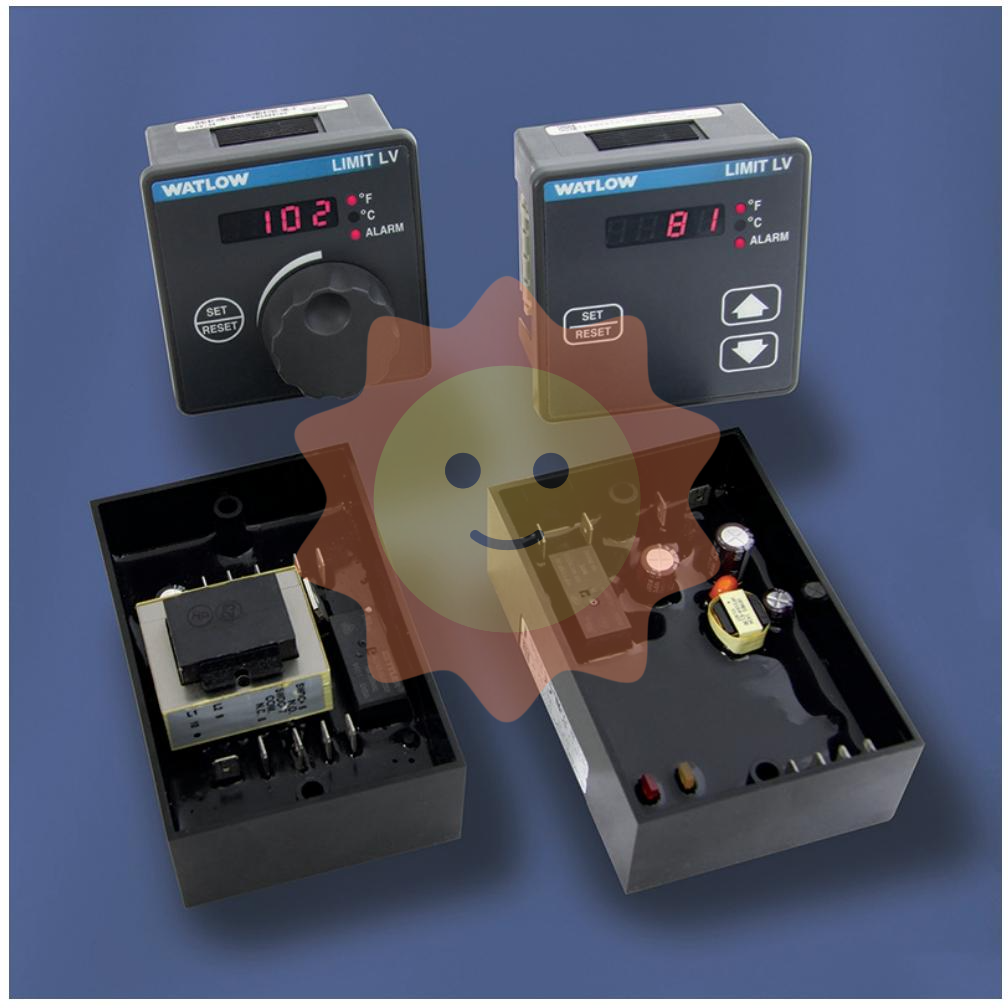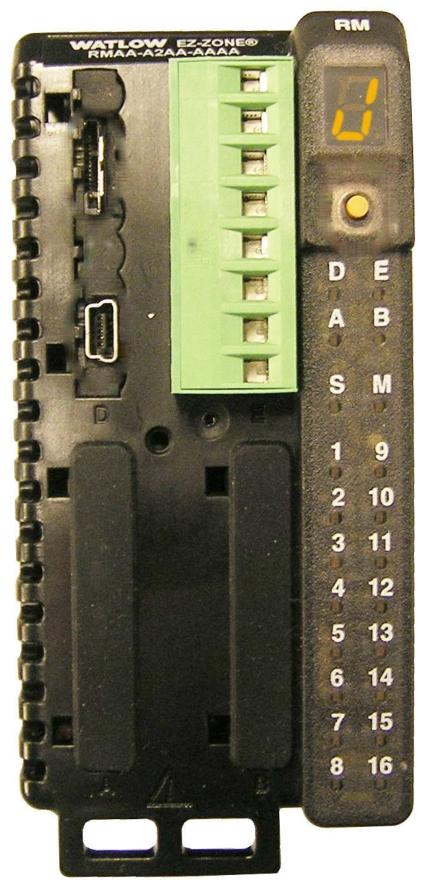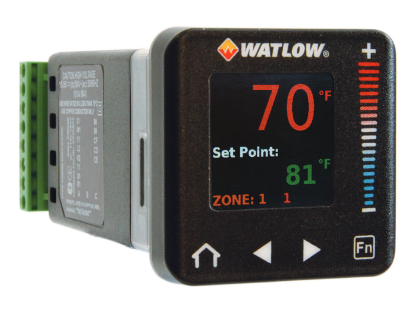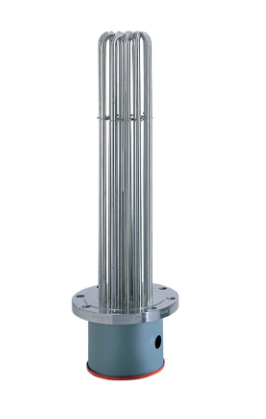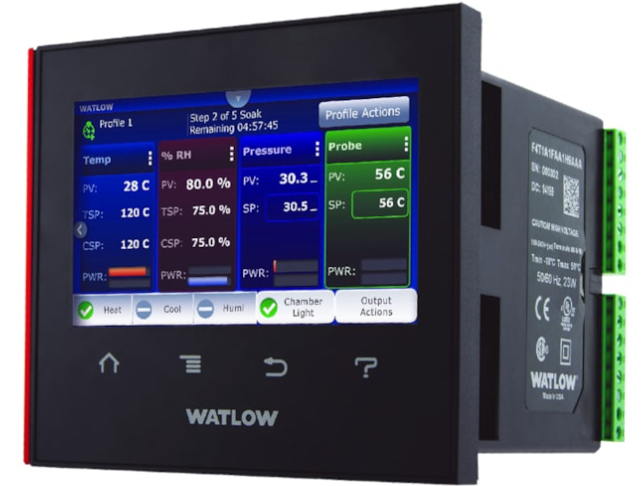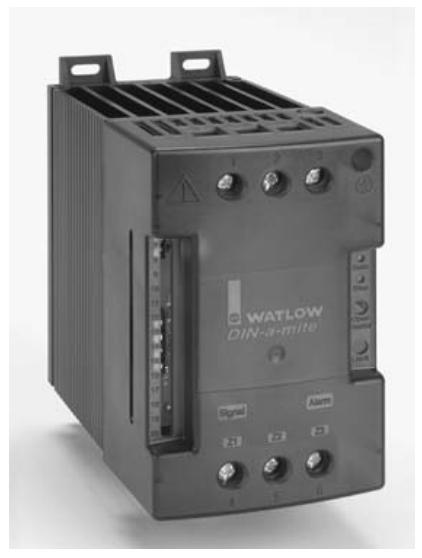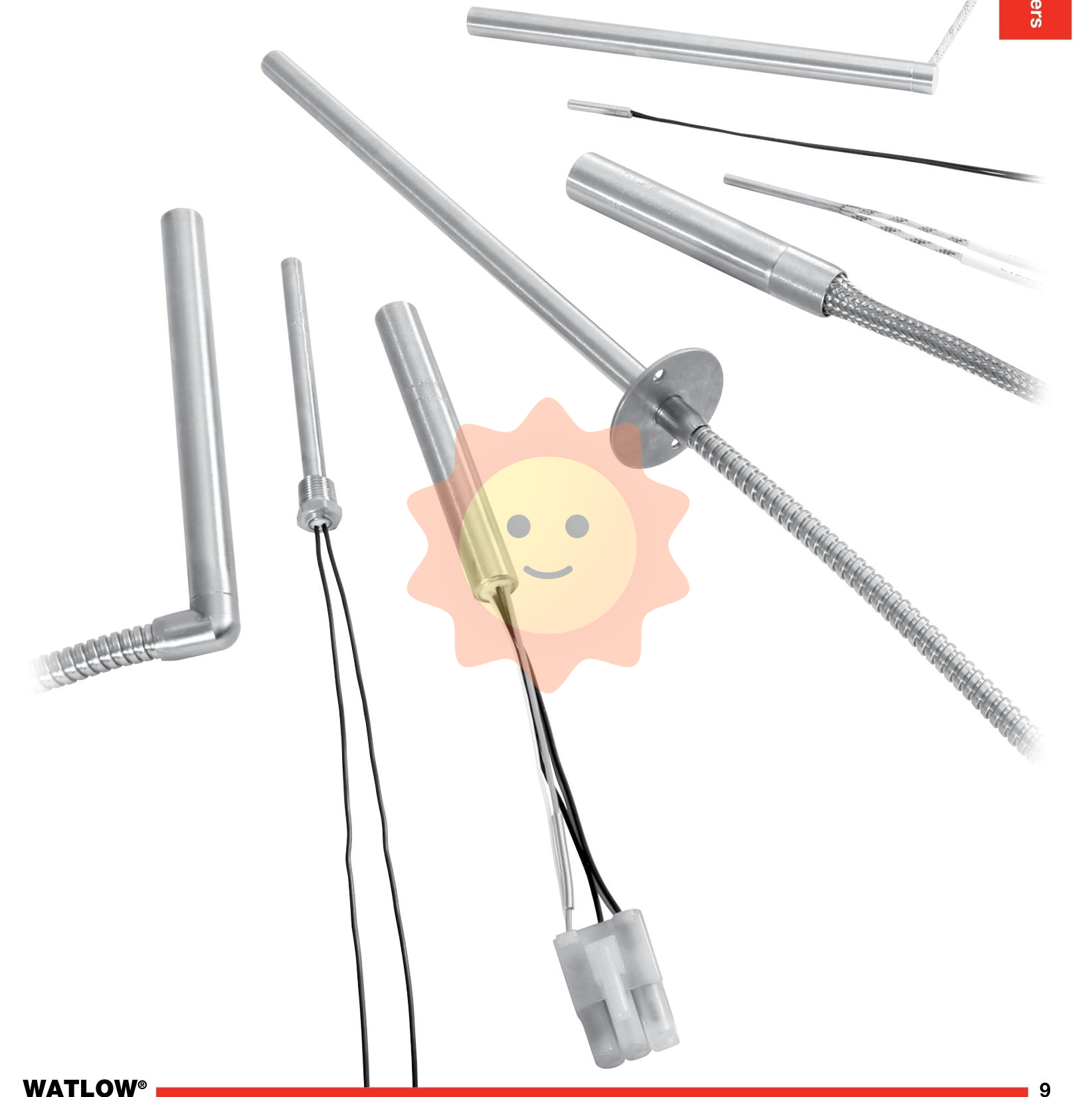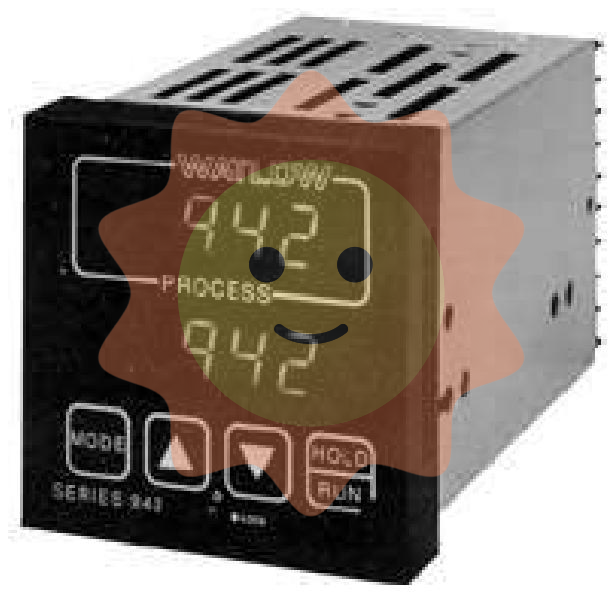GE VS6514064CLF01 - SOFT STARTER
OVERVIEW
Product Definition and Function: GE VS6514064CLF01 is a soft starter. Soft starter is a device used to control the starting process of three-phase asynchronous motors, and its main function is to make the motor start smoothly by gradually increasing the motor's terminal voltage, avoiding the large inrush current produced when the motor is started directly, thus reducing the impact on the power grid and the mechanical stress on the motor itself and the machinery it is driven by. At the same time, it can also carry out some basic protection functions for the motor, such as overload protection, under-voltage protection and so on.
Working Principle
Starting process principle: When the motor starts, the soft starter first receives the starting signal. Then, it controls the voltage applied to the motor stator winding through the internal thyristor or other power semiconductor devices (such as IGBT). At the beginning of the start, the soft starter outputs a low voltage to the motor so that the motor starts to rotate slowly. Afterwards, the voltage is gradually increased according to the preset starting curve (e.g., linear rise, ramp rise, current-limited start, etc.) until the motor reaches the rated voltage and operates normally. For example, in the ramp up starting mode, the voltage will be in a certain period of time (such as a few seconds to dozens of seconds) from a lower value of the linear increase to the rated voltage, this process makes the motor starting current also gradually increase, rather than like direct start as a moment to reach a very large current peak.
The principle of control mode: soft starter control mode usually has a variety of ways, such as voltage ramp control, current limiting control, torque control and so on. Voltage ramp control is mentioned earlier in accordance with the preset voltage rise slope to start the motor; current limiting control is to set a limit value of the starting current, in the starting process, the soft starter will adjust the voltage, so that the motor's starting current does not exceed the limit value, so that it can better protect the power grid and the motor; torque control is based on the torque characteristics of the motor load to control the startup process, to ensure that the motor can be smooth to overcome the load torque start. These control methods can be selected according to the specific motor load conditions and application requirements.
Principle of Protection Function: The soft starter has a variety of protection mechanisms. For overload protection, it will continuously monitor the motor current, when the current exceeds the preset overload protection current value and lasts for a certain period of time (overload time setting), the soft starter will automatically cut off the power supply of the motor to prevent the motor from being damaged due to prolonged overload. The undervoltage protection function is that when the grid voltage is lower than the set undervoltage value, the soft starter will stop supplying power to the motor to prevent the motor from running abnormally under low voltage. In addition, it may also include over-temperature protection (monitoring its own temperature to prevent damage due to overheating), phase loss protection (detecting whether the three-phase power supply of the motor is phase loss) and other functions.
Performance features
Smooth Starting Characteristics: It can realise smooth starting of the motor and effectively reduce the peak of starting current. Generally speaking, the starting current of the motor may reach 5 - 7 times of the rated current during direct starting, while with the soft starter, the starting current can be limited to about 2 - 4 times of the rated current, depending on the specific settings and load conditions. This smooth start is important to extend the life of the motor and the equipment it drives (e.g. conveyor belts, fans, pumps, etc.), while also reducing the impact on the grid.
Various starting and control modes are available: A variety of starting modes (e.g. voltage ramp, current limiting, torque control) and flexible settings of control parameters (e.g. starting time, limiting current value, etc.) are provided to adapt to the starting needs of different types of motors and loads. For example, for loads with large inertia (e.g., large fans), the current-limiting starting method can be selected, and the starting time can be extended appropriately to ensure that the motor can start smoothly.
Perfect protection function: It has comprehensive motor protection functions, including overload, under-voltage, over-temperature, phase loss protection, etc. These protection functions can detect the motor operation in time. These protection functions can timely detect abnormalities in the motor operation process and take corresponding measures, such as alarming, cutting off power, etc., which greatly improves the reliability and safety of motor operation. For example, in the industrial environment, if there is voltage fluctuation in the power grid or motor overload, the soft starter can respond quickly to avoid motor damage.
Wide range of adjustable parameters: start voltage, start time, stop time, current limit multiplier and other parameters can be adjusted. For example, the starting voltage can be set from a low initial value (such as 30% of the rated voltage), and the starting time can be adjusted from a few seconds to dozens of seconds, which allows users to make fine parameter adjustments according to the actual characteristics of the motor and the load, in order to achieve the best starting effect.
Technical parameters
Rated voltage: Generally applicable to three-phase AC power supply, the rated voltage range of common 380V - 690V and other different levels, depending on the model, the rated voltage is matched with the rated voltage of the connected motor.
Rated current: The rated current size depends on the power level of the soft starter and can range from tens of amps to thousands of amps. For example, a small soft starter may have a current rating of 20A for driving a small motor, while a large soft starter may have a current rating of 1000A or more for starting and controlling a high power motor.
Starting Methods and Parameters: As mentioned earlier, starting methods include voltage ramp, current limiting, torque control, etc. The voltage ramp starting slope can be adjusted to the current limit. The slope of voltage ramp starting can be adjusted, generally between a few per cent of the rated voltage per second and several tens of per cent of the rated voltage per second; current limiting starting current limiting multiplier can be adjusted between 1.5-4 times the rated current; torque control mode can be set up under the torque rising slope and other parameters.
Protection function parameters: overload protection current multiplier can be set between 1.1 - 1.5 times the rated current, overload protection time can vary from a few seconds to a few minutes; under-voltage protection under-voltage value can be set between 70% - 90% of the rated voltage; over-temperature protection temperature threshold is generally between 70℃ - 90℃ (depending on the heat resistance of the internal components).
Communication interface (if any): some soft starters may have a communication interface, such as RS-485 interface, support Modbus and other communication protocols, used to communicate with the upper control system to achieve remote monitoring and parameter setting and other functions.

- User name Member Level Quantity Specification Purchase Date
- Satisfaction :
-









Email:wang@kongjiangauto.com

